Game Model
Game Model
- all mechanics and rules are incorporated into a game model
- game model can be divided into several parts: domain model, view model, networking model,...
- a game engine updates the model and interprets it to the player
- with each update, the current state of the model is drawn on screen
Game Model
Domain Model
- contains rules, game mechanics and essential data to the gameplay
Presentation Model
- a model represented to the player
- e.g. played sounds, animated sprites
Physics model
- all entities that take part in physical interaction
AI model
- all data and structures that are processed by AI (navigation maps, behavioral trees,...)
Networking model
- everything that has to be in sync with other models on other devices
Example: Super Mario Bros.

Game Model
- a complex system can only be modelled by a model that closely resembles the original system
- a simple domain model can be found among games that can be modelled as a state machine (i.e., turn-based games, puzzles, adventures)
- for complex games like GTA, only a domain model for base mechanics makes sense
Example: Chess
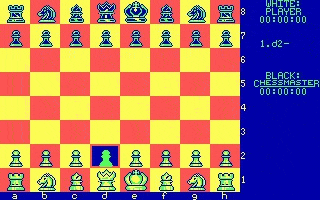
Chessmaster 2000 (1986)
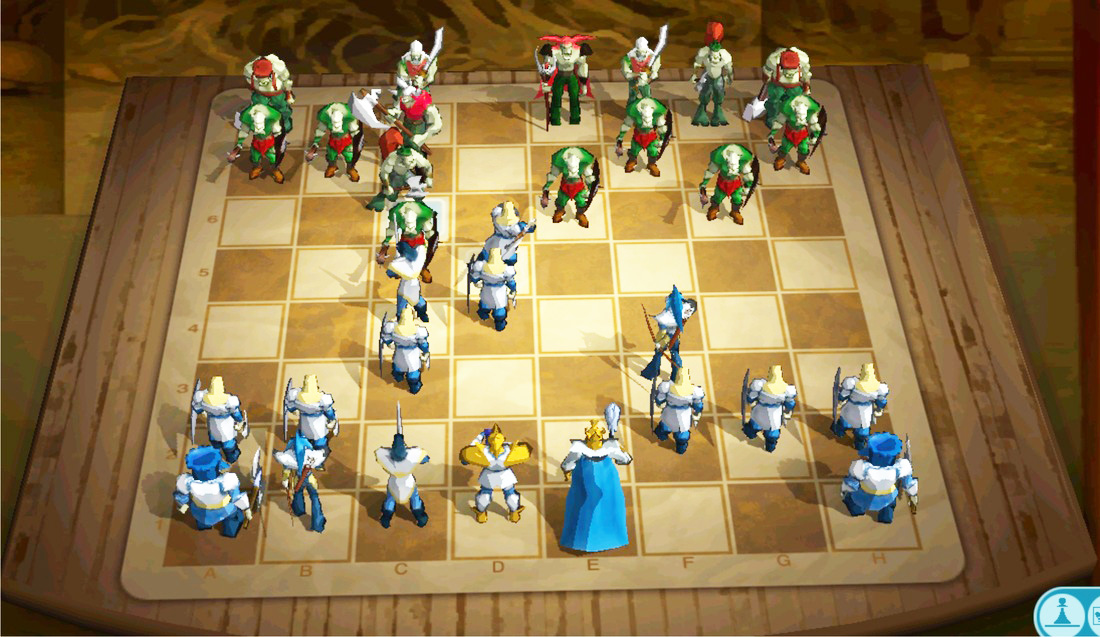
Chessmaster 11 (2007)
Chess Model
- we have here both the attributes and the game rules (in makeMove())
Chess models
| Chessmaster 2000 | Chessmaster 11 | |
|---|---|---|
| Domain model | Board, pieces, time, game rules | Board, pieces, time, game rules |
| Presentation model | CGA Sprites, beep sounds | Animated 3D objects, 3D sounds |
| Physics model | None | Rigidbody engine |
| AI model | David Kittinger's engine | King engine |
| Networking model | None | Sending move commands |
Example: Strategy
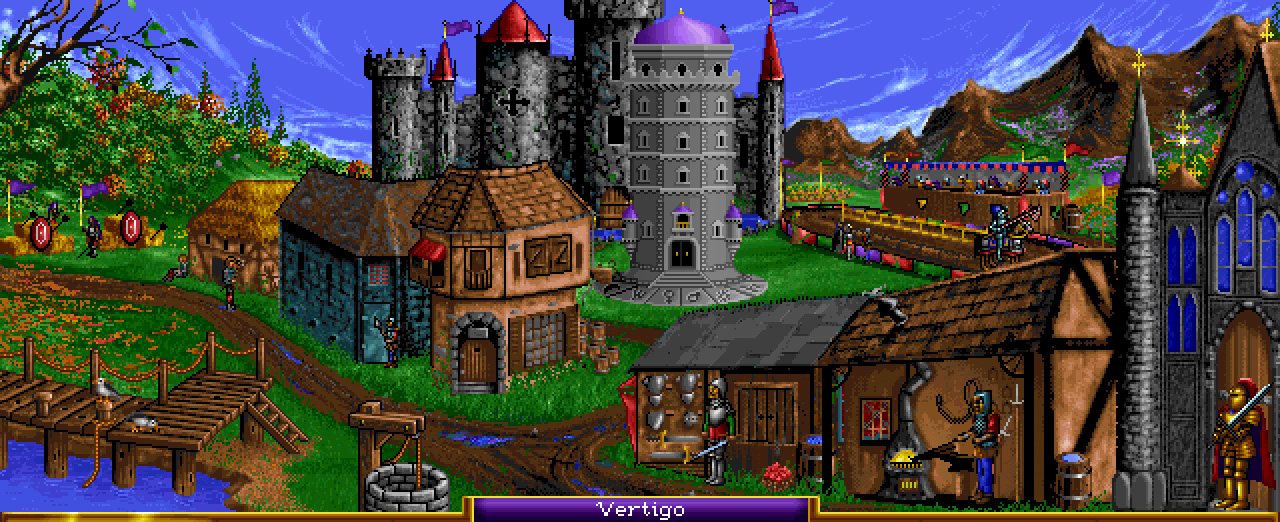
Heroes of Might and Magic
Heroes of Might and Magic model
- we have here only the attributes
Example: Text Adventure
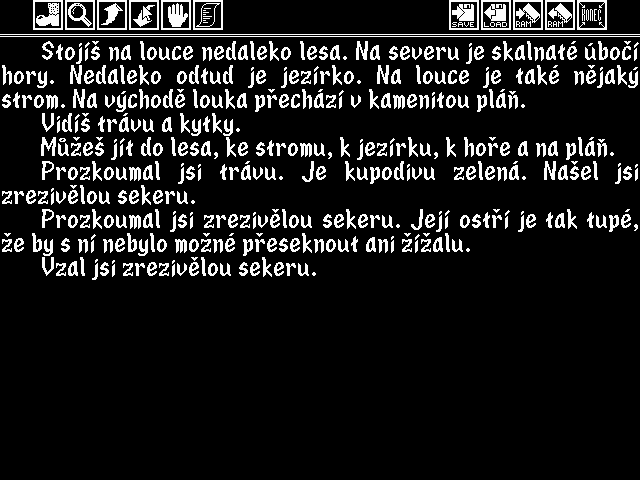
Example: Text Adventure
- we have here both the attributes and the rules
Example: Pacman
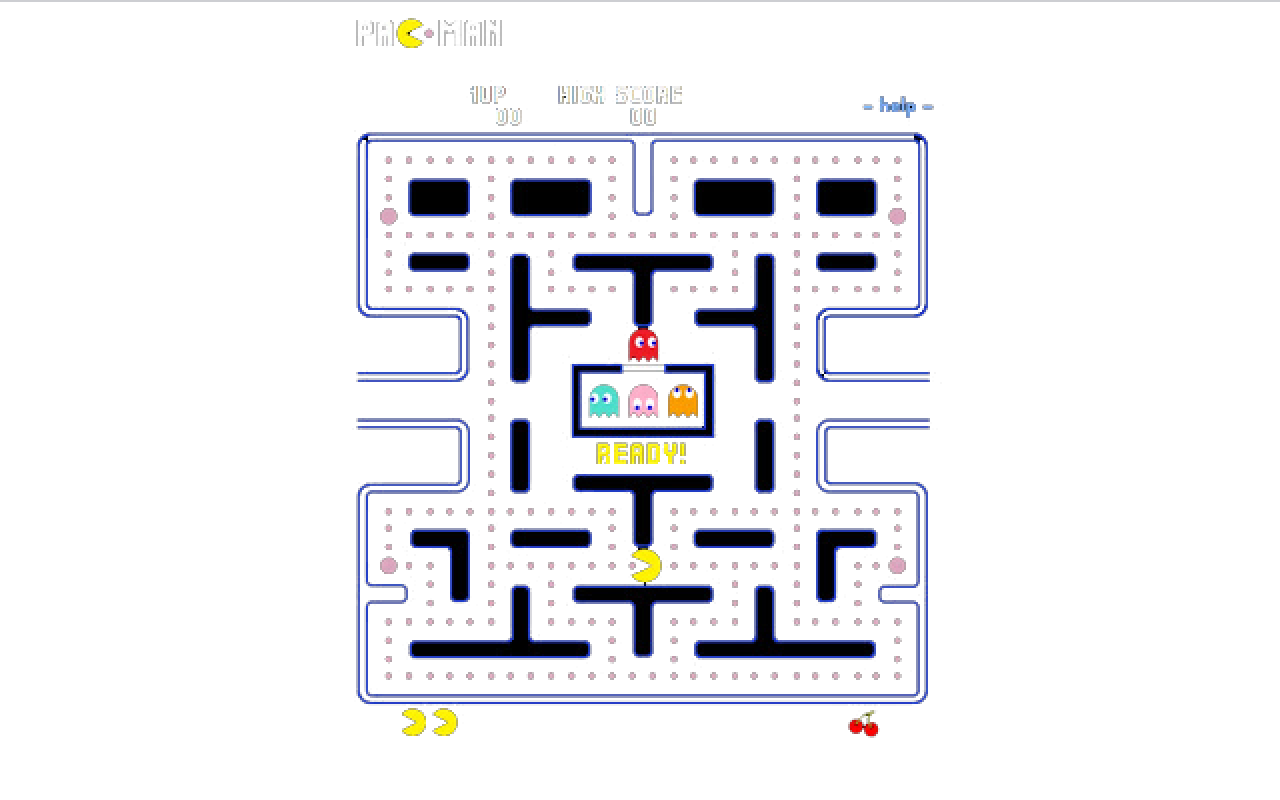
Pacman architecture
- we have here only the attributes
Object-oriented architecture
Example: Platformer
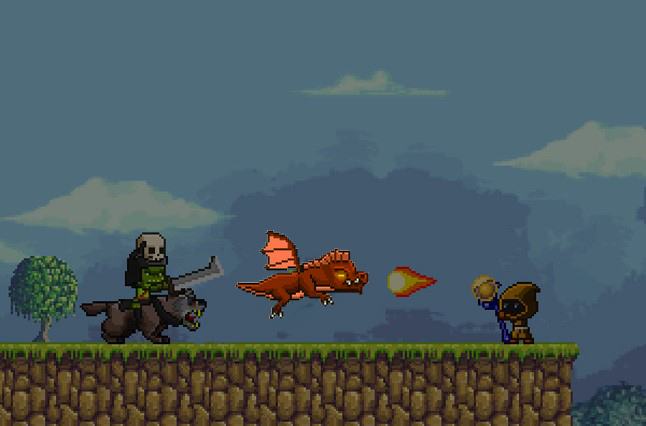
Hierarchy for the domain model
Issue #1: Adding physics
Other Issues
- dragon may have ability to use mana
- opt. a) rework the object hierarchy
- opt. b) move mana to a base class
- mage may have ability to transform himself into a dragon
- opt. a) create a new object DragonMage
- opt. b) add a reference to the object the mage has transformed into
- orc may have ability to use a ranged weapon
- add more states
- mage may have an inventory of items affecting his abilities
- we might want to add a dozen features during the development without the necessity of rearranging the class hierarchy
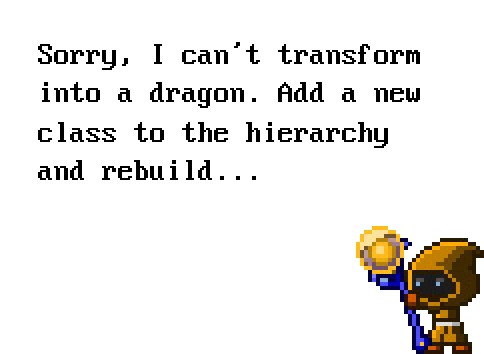
Not every set of relationships can be described in a directed acyclic graph
All-in-one pattern
- used in 90's and early 2000's
- one class determines behavior of every game object
- lots of switches and if-checks
Example: Doom 2
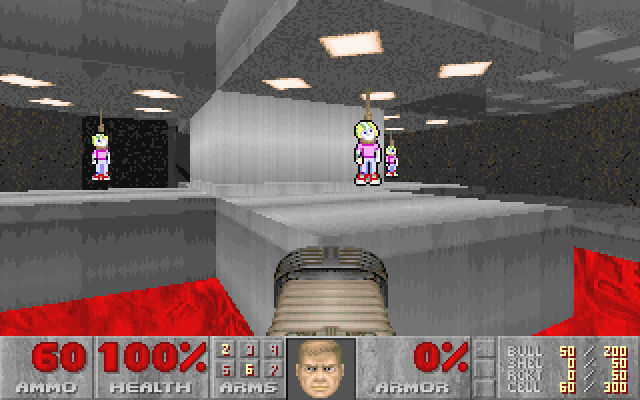
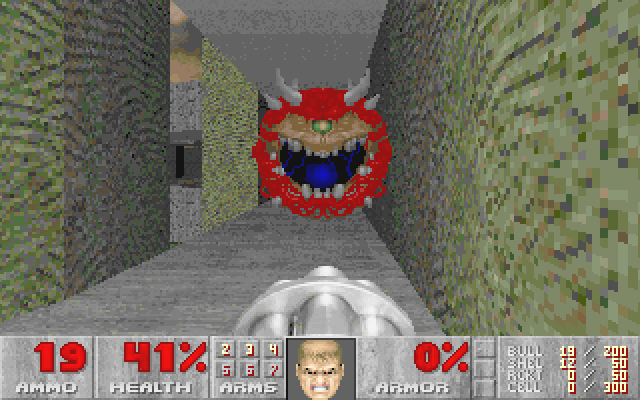
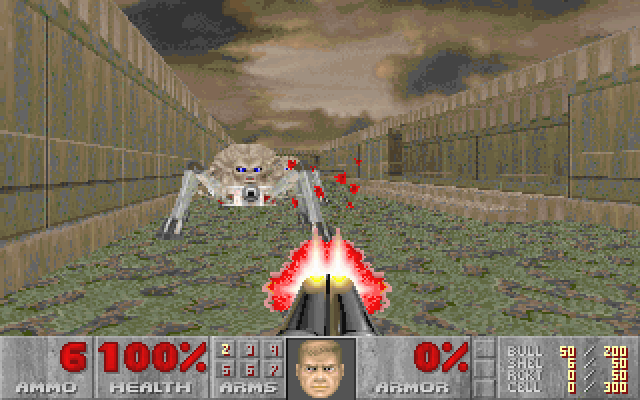
Object-oriented architecture: summary
- the most common way of expressing object hierarchy is via OOP and inheritance
- this approach works well for games with a tiny model and weak emergence
- in case of more complex games we can end up with thousands of dependencies
- inheritance is insufficient relation for relationship modelling
- we need to use composition, and that's where the component architecture comes into place
Summary
- simple
- fast prototyping
- easy to debug
- hard to scale
- not flexible
- game objects may have features they don't need
Component-oriented architecture
Component
- a unit of composition with specified interfaces and explicit context dependencies
- components are plug-and-play objects
- prefers composition over inheritance and DOP (Data-Oriented Programming)
- behavior of an entity is determined by the aggregation of its components
- Dungeon Siege (2002) - one of the first games featuring component-based systems
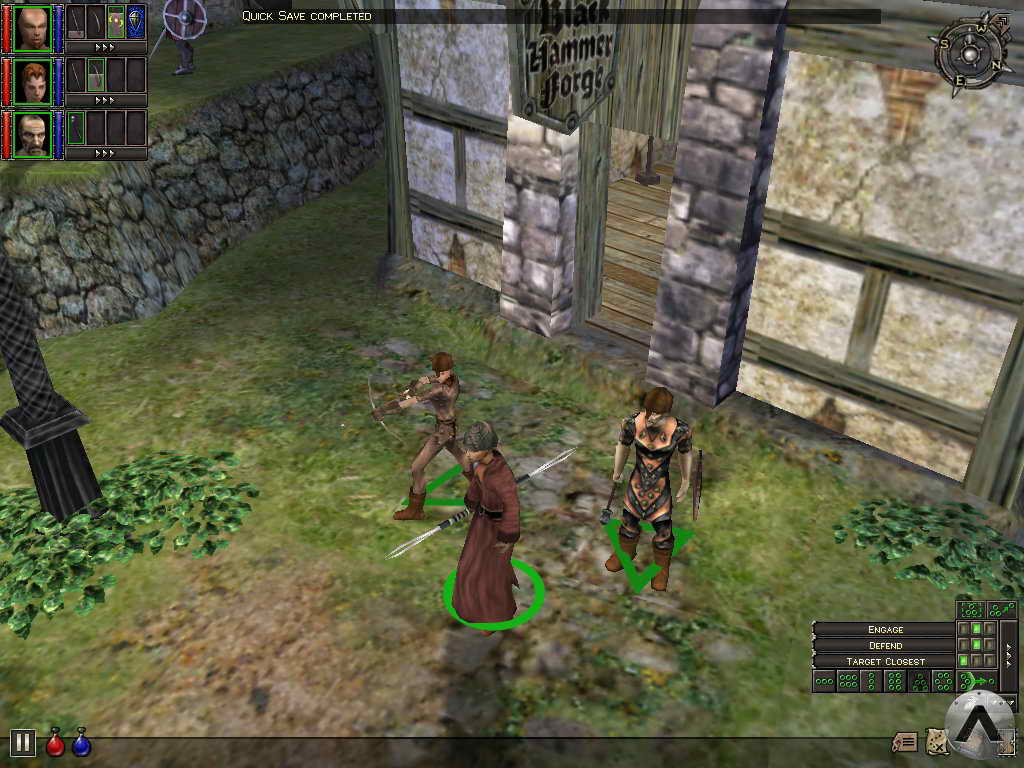
ECS Pattern
- Entity-Component-System (+ Attribute)
- common pattern for component-oriented libraries and engines
- game object is just a container for data and logic that will be supplied by attached components
- can be easily integrated into the scene graph
Terms
Entity
- a single entity/game object
Component
- instantiable unit that defines functional behavior
System
- a superior component responsible for a bigger scope (HealthSystem, StatsSystem, ScoreSystem)
Attribute
- data attached to an entity
- some engines use data components instead of attributes
The naming varies. Some engines use Behaviours for Components, Components for Systems, Properties for Attributes etc.
Example: Platformer
- attributes are DATA, components are CODE
ECS Architecture in C++
ECS example
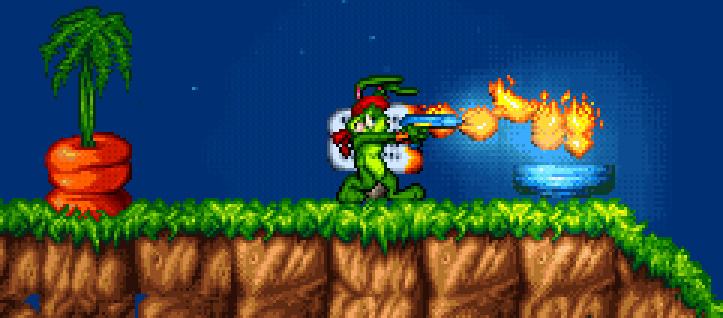
The greatest dilemma in component architecture
How to divide responsibilities appropriately?
Example: Pacman
Pacman
Root
- parent of all game objects
Maze
- model of the maze, contains location of dots, power-pellets etc.
GameSystem
- controls the game as a unified whole (e.g. switches game modes, announces game over)
BoxBehavior
- game logic of the center box (randomly spawns the ghosts)
PacmanBehavior
- controls the movement of Pacman using the InputManager
GhostBehavior
- simple AI logic, chasing Pacman
Example: Platformer

Component-oriented architecture: summary
- scalable
- data-oriented
- components are easy to reuse
- easy to make new object types
- polymorphic operations for components
- everything is assembled at runtime
- static code analysis will not reveal potential issues
- the code must be written in a generic way
- refactoring may become annoying
- harder to debug
Messaging
How components communicate
By modifying the container object's state
- e.g. shared state machine
- indirect communication
- difficult to debug
By direct calls
- fast, but increases coupling
- we need to know what to call
- getComponentByName().sth() way
By using a message broker
- events and commands
- each component can declare interest in relevant messages
- e.g. listening to ITEM_PICK event and playing a sound
Message Broker
- components should be notified of any state change that is relevant
- can be used for returning values (danger of feedback deadlock)
- a handler can be implemented inside components - OnMessage() function
- processing can be instant or delayed/scheduled
- Event - a message informing that something happened
- Command - a message instructing that something should happen
Message Types
Unicast
- a component sends a message to another component
- in most cases, this can be handled by a direct call
- example: pause the game
Multicast
- a) component sends a message to subscribers
- b) component sends a message to all objects that meet specific criteria
- example: notify all nearby units that the player has entered the area
- example: the player stepped into a puddle - play a sound
Broadcast
- rarely used, usually for global messages
- example: game over, debugging component
Example: Unity Messages
| 1 | public interface ICustomMessageTarget : IEventSystemHandler |
| 2 | { |
| 3 | // functions that can be called via the messaging system |
| 4 | void Message1(); |
| 5 | void Message2(); |
| 6 | } |
| 7 | |
| 8 | public class CustomMessageTarget : MonoBehaviour, ICustomMessageTarget |
| 9 | { |
| 10 | public void Message1() |
| 11 | { |
| 12 | // handle message |
| 13 | } |
| 14 | |
| 15 | public void Message2() |
| 16 | { |
| 17 | // handle message |
| 18 | } |
| 19 | } |
| 20 | |
| 21 | // sending message |
| 22 | ExecuteEvents.Execute<ICustomMessageTarget>(target, null, (x,y) => x.Message1()); |
Example: Unreal Message Bus
- facilitates communication between application parts via Message Passing
- messages are classified into commands and events
- all messages are wrapped into IMessageContext
Message Broker Summary
- facilitates event-based approach
- components can react on any message that goes into the event bus
- not intended for per-frame processing (less so for dynamics or related object movement)
- once established, it's not easy to revise the messaging architecture
- if there is something that should run every frame, it's better to use polling or direct call
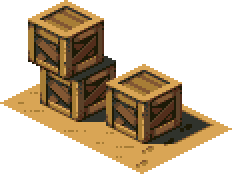
Component-oriented game engines
Component-oriented game engines
Artemis framework
- https://github.com/junkdog/artemis-odb
- Java, ported to C#, ECS implementation in its essential nature
Atomic Game Engine
- https://github.com/AtomicGameEngine/AtomicGameEngine
- C++ (bridge into JS and C#), forsaken, but still a good source of inspiration
Unity
- ECS architecture
Unreal Engine
- hybrid object-component architecture
Godot Engine
- node-based OOP architecture, signals
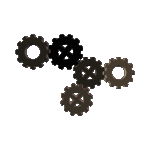
Example: Artemis Engine
- Systems encapsulate logic, components encapsulate data
| 1 | // new component |
| 2 | public class Health extends Component { |
| 3 | public int health; |
| 4 | public int damage; |
| 5 | } |
| 6 | |
| 7 | // new archetype |
| 8 | Archetype dragonArchetype = |
| 9 | new ArchetypeBuilder() |
| 10 | .add(Flaming.class).add(Health.class).build(world); |
| 11 | |
| 12 | public class MovementSystem extends EntityProcessingSystem { |
| 13 | public MovementSystem() { super(Aspect.all(Position.class, Velocity.class)); } |
| 14 | } |
| 15 | |
| 16 | // create new transmuter |
| 17 | this.transmuter = new EntityTransmuterFactory(world) |
| 18 | .add(FrozenFlame.class).remove(Flaming.class).build(); |
| 19 | |
| 20 | // apply transformation to entity |
| 21 | this.transmuter.transmute(entity); |
Unity
- DOTS architecture (Data-Oriented Technology Stack), ECS superset
- entities are game objects, components have data, systems contain logic
- MonoBehaviour can encapsulate both data and logic
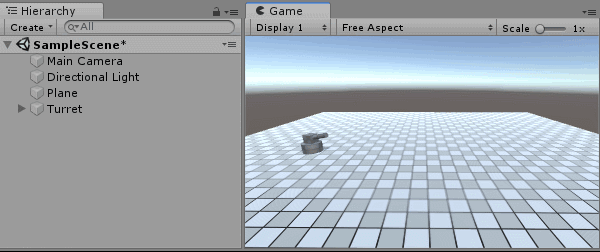
Unity Architecture
Example: Platformer2D
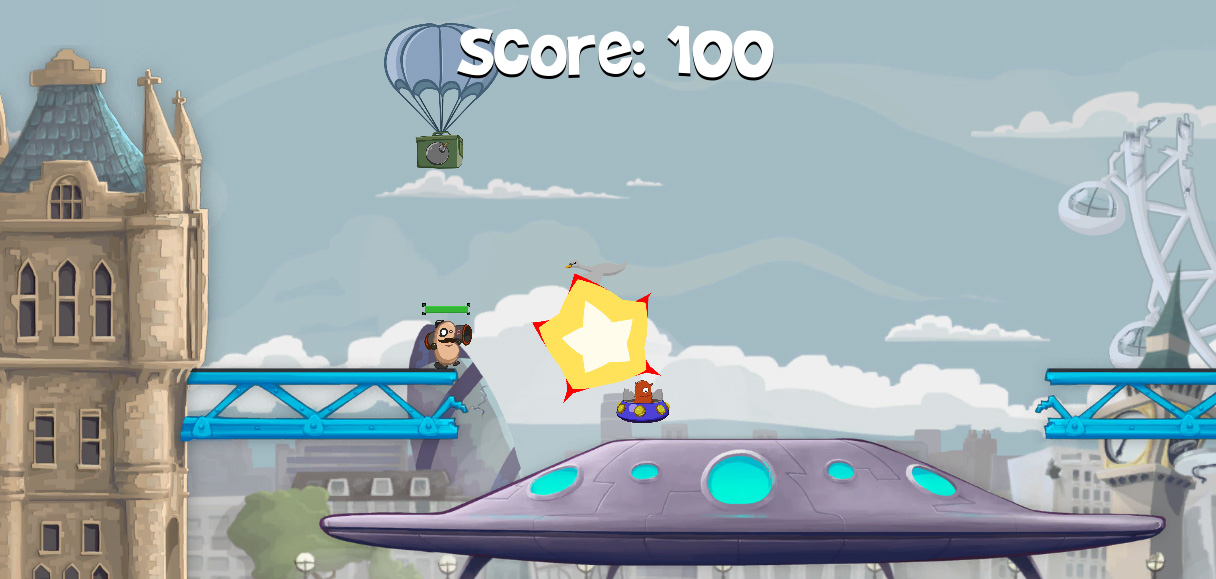
Example: Platformer2D Scene Graph
Example: Platformer2D Events
| 1 | // RocketComponent |
| 2 | void OnTriggerEnter2D (Collider2D col) { |
| 3 | // If it hits an enemy... |
| 4 | if(col.tag == "Enemy") { |
| 5 | // ... find the Enemy script and call the Hurt function. |
| 6 | col.gameObject.GetComponent<Enemy>().Hurt(); |
| 7 | // Call the explosion instantiation. |
| 8 | OnExplode(); |
| 9 | // Destroy the rocket. |
| 10 | Destroy (gameObject); |
| 11 | } |
| 12 | // Otherwise if it hits a bomb crate... |
| 13 | else if(col.tag == "BombPickup") { |
| 14 | // ... find the Bomb script and call the Explode function. |
| 15 | col.gameObject.GetComponent<Bomb>().Explode(); |
| 16 | |
| 17 | // Destroy the bomb crate. |
| 18 | Destroy (col.transform.root.gameObject); |
| 19 | |
| 20 | // Destroy the rocket. |
| 21 | Destroy (gameObject); |
| 22 | } |
| 23 | } |
Component-oriented libraries
EnTT
- https://github.com/skypjack/entt
- header-only C++ library, pure ECS
Entitas
- https://github.com/sschmid/Entitas-CSharp
- ECS Framework for Unity, ported to many other languages
A-Frame
- https://aframe.io
- declarative framework for virtual reality, built on top of ThreeJS
ECSY
- https://ecsy.io
- experimental ECS framework for PixiJS, ThreeJS and BabylonJS
Example: ECSY Framework
| 1 | var world = new World(); |
| 2 | world |
| 3 | .registerSystem(MoveSystem) |
| 4 | .registerSystem(RendererSystem); |
| 5 | |
| 6 | class MoveSystem extends System { |
| 7 | execute(delta, time) { |
| 8 | this.queries.moving.results.forEach(entity => { |
| 9 | let pos = entity.getMutableComponent(Position); |
| 10 | pos.x += entity.getComponent(Velocity).x; |
| 11 | }); |
| 12 | } |
| 13 | } |
Lecture Summary

- I know what a game model is and what is it made of
- I know the pitfalls of object-oriented architecture in games
- I know what a component is
- I know the ECS pattern
- I know messaging practices for component architecture
Goodbye Quote
The most important thing about each strategy game is Primalex - when a soldier with a bucket of paint repaints buildings to your faction, and then the enemy cannot get into themScore Reviewers